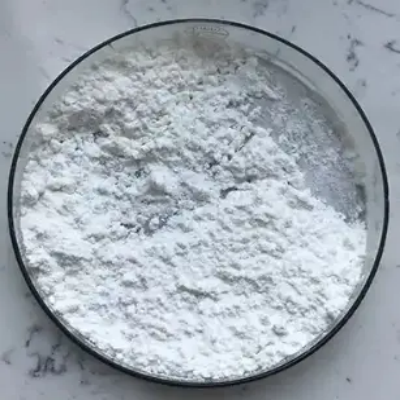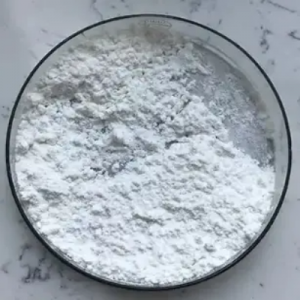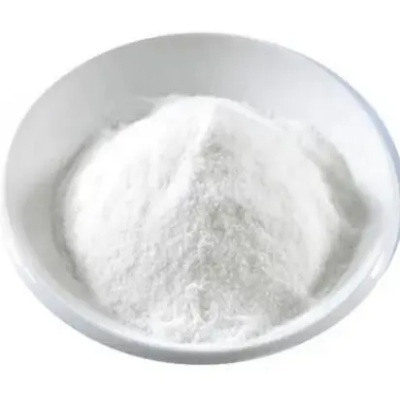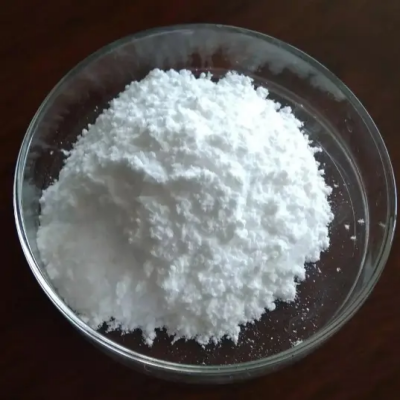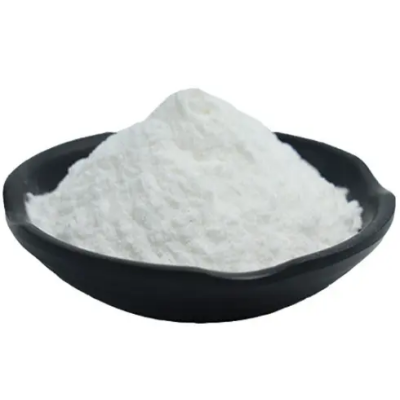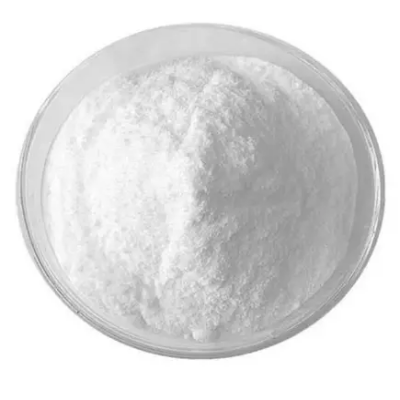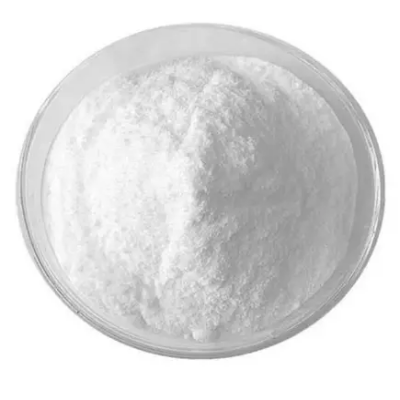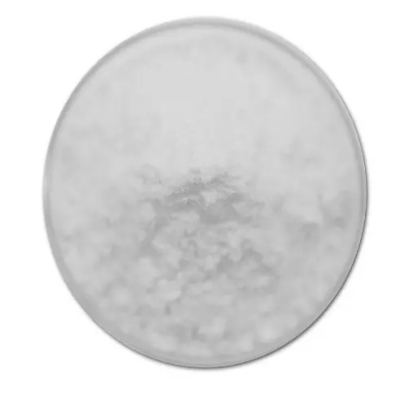Mithramycin A CAS:1101120-86-8
The synthesis of tert-butyl 3-acetylpyrazolo[1,5-a]pyridin-5-ylcarbamate typically involves multistep procedures, starting from commercially available starting materials. One common route involves the condensation of pyrazole and pyridine precursors, followed by acetylation and carbamylation steps to introduce the acetyl and tert-butylcarbamate functionalities, respectively. Spectroscopic techniques such as NMR, IR, and mass spectrometry are employed to confirm the structure and purity of the synthesized compound. The molecular structure of tert-butyl 3-acetylpyrazolo[1,5-a]pyridin-5-ylcarbamate exhibits planarity due to conjugation within the pyrazolo[1,5-a]pyridine ring system. The tert-butyl group introduces bulkiness, potentially affecting the compound's solubility and membrane permeability. Furthermore, the presence of the acetyl group imparts polarity and potential for hydrogen bonding interactions, which can influence the compound's binding affinity to biological targets. Pharmacological Significance and Potential Applications The structural features of tert-butyl 3-acetylpyrazolo[1,5-a]pyridin-5-ylcarbamate make it a promising candidate for pharmaceutical research and development. The pyrazolo[1,5-a]pyridine scaffold is known to exhibit a wide range of biological activities, including anticancer, antimicrobial, and anti-inflammatory properties. Additionally, the tert-butylcarbamate moiety can enhance the compound's metabolic stability and bioavailability, potentially improving its pharmacokinetic profile. The acetyl group in tert-butyl 3-acetylpyrazolo[1,5-a]pyridin-5-ylcarbamate may facilitate interactions with specific enzyme targets through hydrogen bonding or hydrophobic interactions. This could lead to the development of novel therapeutic agents targeting various diseases, including cancer, infectious diseases, and neurological disorders. In conclusion, tert-butyl 3-acetylpyrazolo[1,5-a]pyridin-5-ylcarbamate represents a structurally intriguing compound with potential pharmaceutical significance. Further research into its synthesis, structure-activity relationships, and pharmacological applications is warranted to fully explore its therapeutic potential in various disease contexts.



| Composition | C14H17N3O3 |
| Assay | 99% |
| Appearance | white powder |
| CAS No. | 1101120-86-8 |
| Packing | Small and bulk |
| Shelf Life | 2 years |
| Storage | Store in cool and dry area |
| Certification | ISO. |


